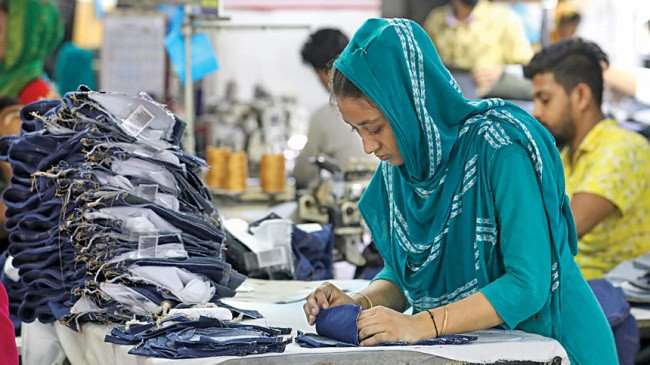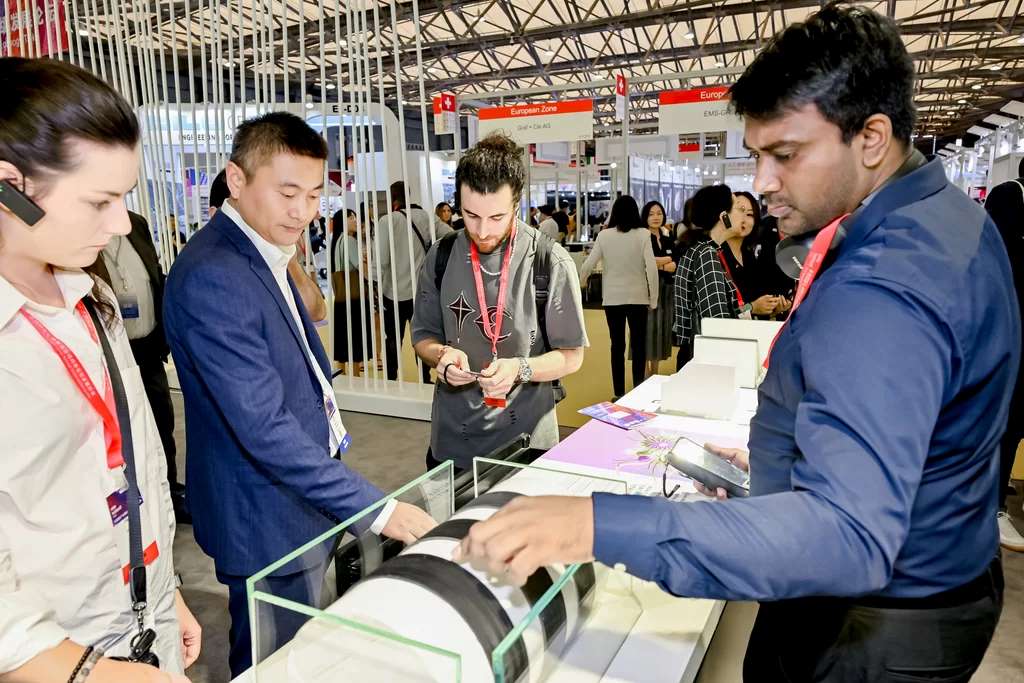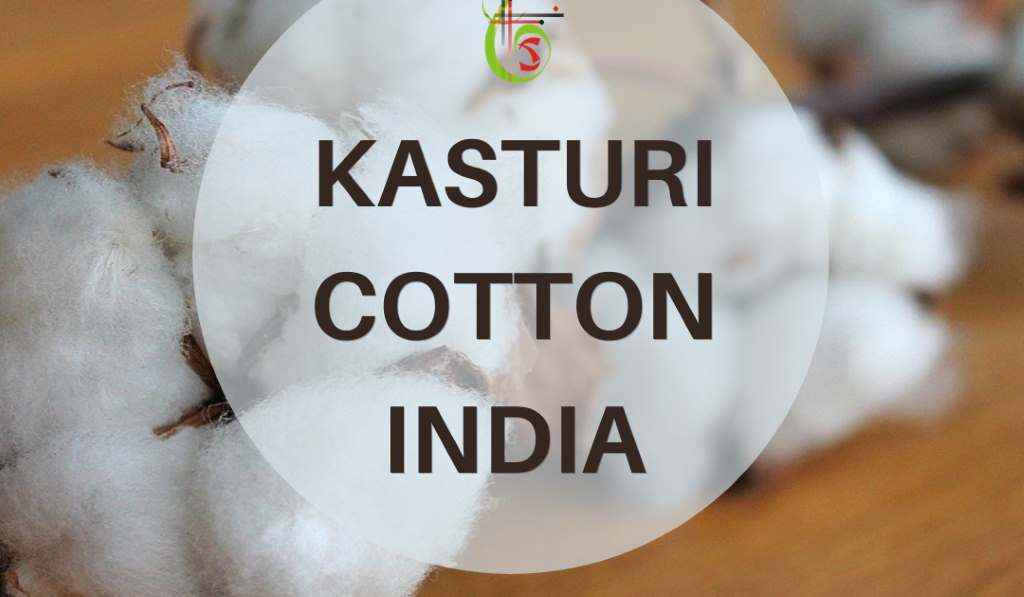FW
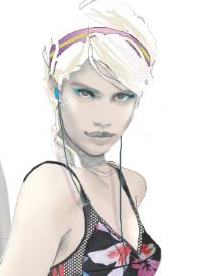 The forthcoming session of Interfiliere, to be held at Hong Kong Convention and Exhibition Centre, on March 18 and 19, 2015, will unveil themes for the Autumn/Winter 2016-17 over two-days, focusing on the two major areas of current global intimate activity. Three themes will be introduced under the ‘Day & Night’ concept: latest novelties for sport and everyday underwear; gorgeous sensual decorated fabrics; and prototypes for more dressy seductive nights.
The forthcoming session of Interfiliere, to be held at Hong Kong Convention and Exhibition Centre, on March 18 and 19, 2015, will unveil themes for the Autumn/Winter 2016-17 over two-days, focusing on the two major areas of current global intimate activity. Three themes will be introduced under the ‘Day & Night’ concept: latest novelties for sport and everyday underwear; gorgeous sensual decorated fabrics; and prototypes for more dressy seductive nights.
‘Modern by Day’ will feature new knit and weave textures for loungewear and underwear, ‘Festive by Winter’ would showcase innovative colour combinations and festive textures, whereas, ‘Aromatic Flowers’ would be a display of modern romantic embroideries with superfine yarns and new scales. The organisers predict that the intimate wear industry would witness a major revival of embroidery from young seduction to luxury and bridal as growing interest for decoration and rich material look takes centre-stage.
Sports intimate collection in favour
Fashionable sport collections are the new hot bestsellers driven by brands such as 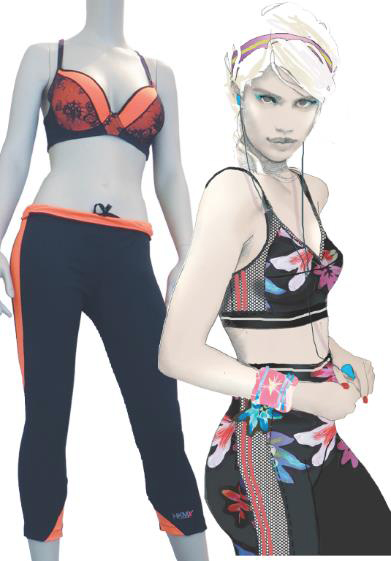 Lululemon, Sweaty Betty, VSX and Nike. Victoria’s Secret also launched a new sports bra with the phrase “Sweat, look good, feel comfortable, and monitor your heart rate all at the same time …”, showing the evolving technology and style in the sport market today. On top of performance, the experts also see more glam approach to decoration including florals and shiny effects enabling customers to bring more flavour to their sport and leisure wardrobe.
Lululemon, Sweaty Betty, VSX and Nike. Victoria’s Secret also launched a new sports bra with the phrase “Sweat, look good, feel comfortable, and monitor your heart rate all at the same time …”, showing the evolving technology and style in the sport market today. On top of performance, the experts also see more glam approach to decoration including florals and shiny effects enabling customers to bring more flavour to their sport and leisure wardrobe.
As this sportive market offers a huge potential for lingerie specialists from designers to garment makers, fabric suppliers including embroiderers and lace manufacturers, Eurovet is organizing a creative collaboration with Hong Kong Polytechnic University, Fashion design department of Taiwan Shih Chien University, Concepts Paris and Interfiliere Hong Kong exhibitors to create cutting-edge prototypes. These prototypes will illustrate amazing optical effects, functional sport basics for a personalized look, multi-functional yogawear for sport & lounge. Outfits will not only be displayed alongside the trend forum but also a mini fashion showcase will take place during the two days.
Visitors can also find more inspiration for sport & leisure at the trend forum too. Along with a variety of lingerie, loungewear and nightwear fabrics and accessories at the forum, there will be an exclusive area to showcase materials from super functional to sporty, everyday wear and semi-sport leisure focused on yoga and relaxing to bring a comprehensive, 360 degree perspective for intimate professionals worldwide.
www.interfiliere.com
European brands and retailers are eager to explore possibilities in Myanmar. They are going on a trade mission to Myanmar in March. Participants will be provided with an overview about the Myanmar garment industry and receive detailed company profiles of potential business partners.
The visit will also provide an opportunity for Myanmar’s manufacturers to learn more about the requirements of doing business with European brands. Its goal is to provide insight into the industrial capacity and growth prospects of the Myanmar garment sector. There are small and medium sized brands from Europe looking to source men’s, women’s and children’s outerwear and underwear from Myanmar, including jackets, coats, trousers, shirts and blouses, skirts, sportswear, T-shirts and polo shirts, body wear and loungewear.
Myanmar’s garment sector consists of around 300 companies with some 1,50,000 workers. The local industry is mainly focused on CMT (cut, make and trim) production although some makers have successfully moved to OEM (Original Equipment Manufacturing). Free On Board business usually runs via agencies located in neighboring countries. Textile production is currently still underdeveloped, so input materials have to be imported.
Garment exports account for about 10 per cent of the country’s overall exports. For European importers there is the added benefit of GSP Plus duty-free trade preferences.
Hoping the acquisition of Victorian knitwear manufacturer Hysport will enable it to pay premiums to wool growers, the Australian Wool Network (AWN) wants to create consumer demand for wool under an ‘Australian Made’ logo, accessing the world’s second fastest growing retail sector. AWN managing director John Colley said that the development will give AWN’s wool growers a new platform to trade wool and provide a channel for feedback from retail. Hysport’s pure wool and wool blend Merinosnug and Emaroo products are marketed directly to overseas tourists through the world’s largest airport retailer Lagardere, Colley said.
Lagardere also owns the airport retail outlets, Purely Merino, Purely Australian and Australian Made. AWN is the largest supplier of woolen goods to Lagardere and they would like to see the Purely Merino brand go worldwide to all of their airports in the 25 countries that they operate in, Colley said.
Australian Pastoral Investments shareholders, Colley and his partner, AWN chairman and Yass wool grower Brendon Lunney, own AWN which was established in 1999. It ranks as Australia’s third largest wool broker, marketing more than 235,000 bales of wool a year for over 5,000 growers. The acquisition will allow AWN to move from brokerage services to vertically integrated wool marketing throughout the pipeline.
The AWN spent years investigating the ways to add value to wool growing businesses and proactively drive demand for client’s wool. Hysport has been buying mainly 17-24 micron wool and its future product lines would continue to be structured around Merino types, though there are plans to extend the company’s wool usage at the finer end, Colley added.
As per Rod Murray, CEO, Hysport, the factory ranked among the two largest knitwear manufacturers in Australia and used seamless technology. The alliance with AWN has enabled Hysport to attend its first wool auction.
Milano Unica, the benchmark Italian textile trade fair, is getting ready to step into the United States after China. Milano Unica, considered to be the flagship initiatives of the ‘Made in Italy’ promotional plan, intends hold its maiden show in New York this July. Carlo Calenda, Italian Deputy Minister for Economic Development, was the one to speak of this project in Florence at the opening ceremony of the Pitti Uomo menswear trade fair.
Milano Unica Shanghai to be held in this March is the 7th edition of the Chinese version of the trade fair. The latest edition brings together 130 exhibitors. The first edition of Milano Unica New York will take place over two to three days around July 20, 2015, in conjunction with Première Vision and Texworld USA (Messe Frankfurt).
Massimo Mosiello, GM, Milano Unica textile trade fairs says they were betting on 50 leading companies in their sector, representatives of the main Italian textile districts, to start with, in an independent pavilion near Jacob Javits Center. The US is more complicated compared to China since it doesn’t have the same trade fair culture. A trade fair represents the extension of a company’s activity, where the collections are presented almost like a showroom, with top notch installations, an area reserved for trends, great catering etc.
Milano Unica, the benchmark Italian textile trade fair, is getting ready to step into the United States after China. Milano Unica, considered to be the flagship initiatives of the ‘Made in Italy’ promotional plan, intends hold its maiden show in New York this July. Carlo Calenda, Italian Deputy Minister for Economic Development, was the one to speak of this project in Florence at the opening ceremony of the Pitti Uomo menswear trade fair.
Milano Unica Shanghai to be held in this March is the 7th edition of the Chinese version of the trade fair. The latest edition brings together 130 exhibitors. The first edition of Milano Unica New York will take place over two to three days around July 20, 2015, in conjunction with Première Vision and Texworld USA (Messe Frankfurt).
Massimo Mosiello, GM, Milano Unica textile trade fairs says they were betting on 50 leading companies in their sector, representatives of the main Italian textile districts, to start with, in an independent pavilion near Jacob Javits Center. The US is more complicated compared to China since it doesn’t have the same trade fair culture. A trade fair represents the extension of a company’s activity, where the collections are presented almost like a showroom, with top notch installations, an area reserved for trends, great catering etc.
Continuous short supply of electricity and gas to textile mills in Punjab has resulted in closure of one shift and lay off workers. It has put the textile industry operations in distress. S M Tanveer, Chairman of APTMA, has expressed deep concern over the issue and said that the Punjab’s textile mills are getting gas supply for six hours in a day while electricity is supplied 16 hours in a day.
The industry is left with mismatch of two hours a day and halting operations of the mills which seem to have forced to run it below capacity. The industry has been unable to produce goods for export or value added products which has created panic among the workers and their frustration in rising, he pointed out.
Appealing to Prime Minister Nawaz Sharif and other concerned ministers to take stock of the situation and restore power supply. Tanveer pointed out that PM Nawaz Sharif had issued special directive to ensure uninterrupted power supply to the Punjab-based textile mills earlier. The NTDC has failed to obey the directive and the discoms are exposing textile mills to risks by not supplying power.
Combining merino wool with CoolVision, leading global producer of polypropylene staple fiber FiberVisions has developed a collection of knits and wovens, called ‘WoolVisions’. The yarns are custom spun for knitting and weaving in blends using 30 per cent or more Merino wool. An ideal pair is made by combining Merino wool and synthetic fibers for uses in running and biking gear, as well as in urban lifestyle wear. It results in lightweight, soft and breathable product with thermal features.
As per Susan Lynn, Global Sales and Marketing Manager, CoolVisions, they are ideal for spinning fine-micron merino wool offering color and design options unavailable with solution-dyed polypropylene + wool blends, as well as an exceptionally soft hand. Polypropylene scores high among synthetic fibers for sustainability. Its manufacturing process has a reduced impact on the environment with low emissions and no toxic wastes. Polypropylene is also highly resistant to stains and chemicals, she added.
Knitted jerseys, ponte di Romas, French terry, fleece and rib are the part of the WoolVisions collection. The company’s honeycomb jacquard was selected as an ISPO 2014 Top 10 Fabric by the ISPO Textrends Jury. FiberVisions will present its WoolVisions collection at the Outdoor Retailer Winter Market, which takes place from January 21 to 24 in Salt Lake City, Utah, US.
In less than three years, Myanmar's export revenues from garments have doubled. Many new apparel factories opened last year. And growth is expected to continue thanks to investment in renovation and expansion of existing facilities.
There are around 275 large, garment exporting factories in Myanmar and over a dozen textile and cotton ginning factories. The country has low labor costs and is seen as an attractive sourcing base. Many global companies are setting up specialised production units similar to the ones they maintain in other countries. Manufacturers are seeking to capture added value by increasing the vertical integration of their production. Buyers feel that workers can be trained through collaborative partnerships to improve efficiencies and compliance.
However, compared with other countries in the region, Myanmar's garment industry is still small and tends to specialise in high quality, technical items. Moreover, the banking sector is under-developed. Now production in Myanmar operates along a contracting system, where raw materials are imported by the customer, and designs, patterns and instructions are all provided to the factory. The factory stitches the garment before packaging it for transport to the buyer. Thus profit margins are much lower and this focus on the production part of the value chain means there is little development of wider domestic supporting services and vertical integration.
The Q3 results of Vardhman Textiles are not expected to be very encouraging. Revenue could be in single or early double digits as compared to 18 per cent reported in Q2 say highly placed sources. Vardhman Textiles is among India’s largest manufacturers of yarn, sewing threads and acrylic fiber. It manufactures for brands like GAP, H&M, Uniqlo, Benetton, Wills, Van Heusen, and Peter England.
The margins of yarn prices came under pressure when cotton prices came down in September last and got adjusted with it as most Indian spinning companies were holding on to. For the Vardhman Group, which is going to invest Rs 560 crores in weaving and fabric units in Baddi town of Himachal Pradesh, fourth quarter could be better as the project will be completed in 18 months and will add 250 looms to the weaving capacity, which in turn will help consolidate the overall fabric business.
Heimtextil Fair, to be held in Frankfurt (Germany) from January 14 to 17, 2015, is the biggest trade fair for home and contract textiles. This time Cotton Concepts, the international textile firm that specializes in the manufacturing of woven and knitted fabrics supplied as finished products to home textile buyers across the world, will exhibit its newest ranges and collections. The Heimtextil has a special function as a trend barometer and benchmark for high-quality textiles. It is characterized by excellent design and innovative functionality.
Known for manufacturing eco-friendly fabrics and dyes that are easily recyclable and cause zero effect to the environment, Cotton Concepts’ name is omnipresent in international trade fairs and exhibitions across the globe. It has been recognized and appreciated in fairs like the Ambiente, Heimtextil, Tendence etc.
CC’s products portfolio comprises aprons, cushions, tea towels, tablecloths, curtains, jute rugs, mats, oven gloves and more. Some well known textile techniques pioneered by Cotton Concepts include: dobby weave technique, insect & veggie printing, water color techniques, yarn dying, overall printing, screen printing and many more currently in the development pipeline. Besides, the company also manufactures and exports custom home furnishings as per the requirements of clients. The company has also helped many designers recreate their raw designs into actual finished products.
Cotton Concepts was established in the late 1990s by ‘Annie & ‘Nathan’. With production facilities spread across India, Australia and Asia Pacific, Cotton Concepts manages production facilities that have the capacity to manufacturer up to 300,000 meters per month or equivalent amount of textile products/garments.




